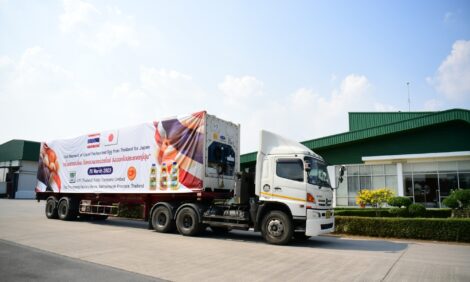



US Poultry Export Potential Driven by Avian Flu
ANALYSIS - The risk of high-path avian influenza (HPAI) is expected to have a major impact on US poultry exports in the next few years, according to a report from Rabobank.Poultry
For the US chicken sector, most of the trade issues stem from the discovery and subsequent spread of HPAI in the autumn of 2014, which led to many poultry trade partners banning US poultry products. Despite 2016 having just a single case of HPAI so far, Rabobank still sees the risk of future HPAI outbreaks as being a major concern for US poultry exports.
For most countries, the US ban is regionally based to where the problems have occurred, so this a positive, leaving much of the US open to export poultry. The concern in this scenario is if a state should have an HPAI outbreak, the entire state could lose the vast majority of its export markets.
An example is Arkansas, the second-largest chicken-producing state in the US, which experienced an outbreak in 2015. According to Rabobank, after a state is found to have a case of HPAI, that state loses as much as 75 per cent of its export potential as a result.
For those customers who haven’t banned US poultry, another issue has emerged for US poultry exports: declining commodity prices.
Countries in West Africa - some are major oil producers and exporters and are important customers for US poultry that have been hard hit by the decline in energy prices over the last two years.
- In 2014, Angola was the second largest customer for US poultry, importing 230,000 tons, or 7 per cent of total US exports
- With falling energy prices, US shipments have declined by 40 per cent
The US poultry sector is also adding new plant capacity to the tune of four or five new plants over the next few years, coupled with capacity expansion at a number of legacy plants. Production profitability has been positive much longer than the normal cycle for the industry, resulting in less producer debt and potentially a significant cash stockpile.
- Two of these new plants will come online over the next 12 months.
- Two are deep in the planning stages.
Rabobank expects US chicken production to increase by 2.5 per cent per annum through 2018, with increased bird weights being an important factor.









